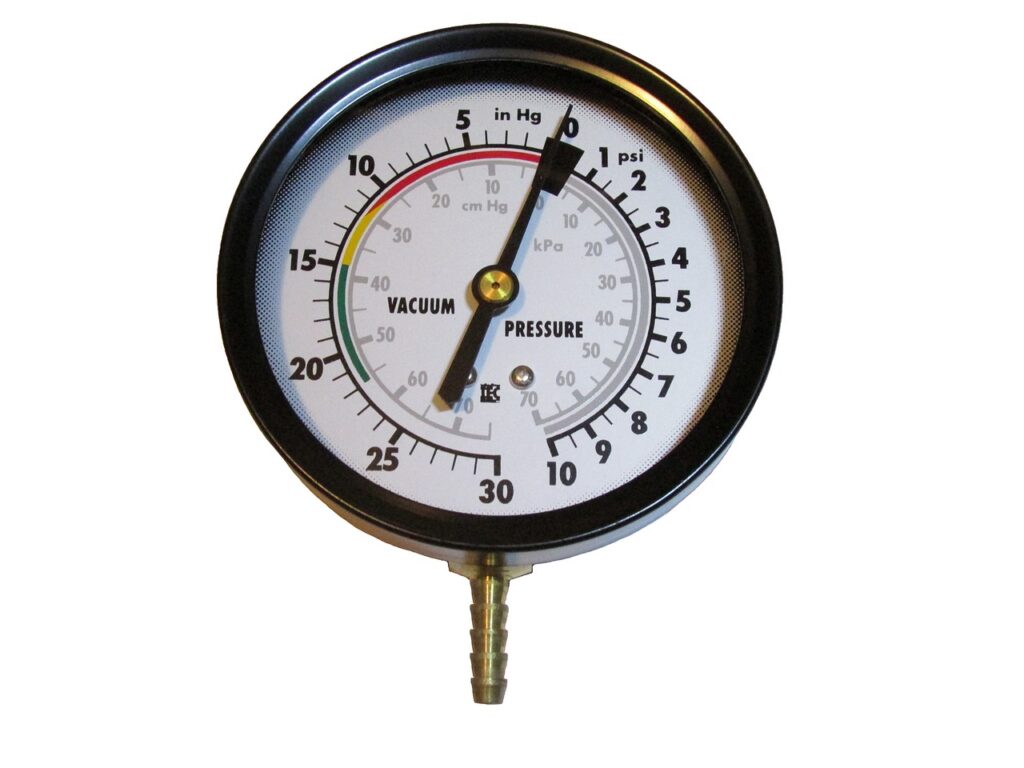Energy that an object possesses as a result of motion is known as kinetic energy. Kinetic energy may be found in any moving item, be it a raindrop falling from the sky, a football being kicked across a field, or a car driving down the highway. An object has more kinetic energy the faster it moves.
The Greek word “kinesis,” which meaning motion, is where the word “kinetic” originates. Kinetic energy, then, is the energy of motion. This energy has simply magnitude and no direction, making it a scalar number.

Mathematical Expression of Kinetic Energy:-
The kinetic energy (KE) of an object is mathematically expressed by the formula:
KE = 1/ 2 mv2
Where:
KE is the kinetic energy of the object.
m is the mass of the object.
v is the velocity of the object.
According to this equation, an object’s kinetic energy is directly related to its mass and the square of its velocity. This suggests that an object’s kinetic energy increases by a factor of four when its velocity doubles. Similarly, if an object’s mass doubles, its kinetic energy likewise doubles, presuming that its velocity stays constant.
Components:-
1. Mass (m): Object’s mass serves as a gauge for how much matter it contains. When comparing objects traveling at the same speed, a heavier (more massive) object will have more kinetic energy than a lighter one.
2. Velocity (v): Object’s velocity is its speed in a specific direction. Kinetic energy is directly proportional to the square of velocity, even a slight increase in speed large increase in kinetic energy. Because they have much more kinetic energy than slower-moving vehicles, fast autos are far more dangerous.

Kinetic Energy in Different Contexts:-
Everyday Examples: A moving vehicle has a particular quantity of kinetic energy if it is moving at 60 km/h. Its kinetic energy quadruples at 120 km/h, making stopping considerably more difficult. Comparably, the reason a gunshot is so lethal is because it has a high kinetic energy due to its high velocity.
Kinetic Energy in Sports: Kinetic energy is everywhere in sports. A basketball player transfers kinetic energy into gravitational potential energy when they jump. Potential energy is transformed back into kinetic energy when they touch down. Athletes can minimise their chance of injury and maximise performance by having a better thoughtful of kinetic energy.
Kinetic Energy in Technology: Kinetic energy is utilised in a many of ways in technology. For example, wind turbines transform wind energy from its kinetic form to electrical form and hydroelectric dams generate power from the kinetic energy of flowing water.